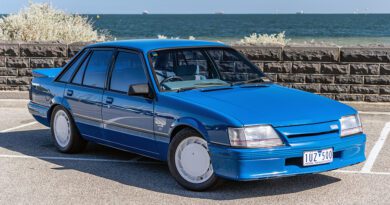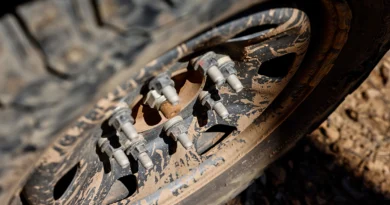Death of a roadster
Drivers weren’t alone in biting the dust during macabre ’70-s movie The Cars That Ate Paris. Peter Weir’s first feature film thrust the Datsun roadster into the limelight, but the car’s movie star status was short-lived.
Datsun roadsters rarely star in feature films. An exception is the 1974 production, The Cars That Ate Paris, however those who have seen the film know the bitter-sweet feeling of seeing a roadster in the opening scene. The low budget film opens with a glamorous couple travelling in their low screen roadster through the countryside in what initially looks like a pre-film advertisement, firstly for Alpine cigarettes and then Coca Cola.
As such, Weir attempted to fool the audience into thinking this was another ad but then, without warning, the right front wheel comes adrift. Despite the roadster appearing to be travelling at less than 50km/k (31mph), it sharply veers left and plunges downhill into trees, eventually rolling on top of the hapless couple (and their dog).
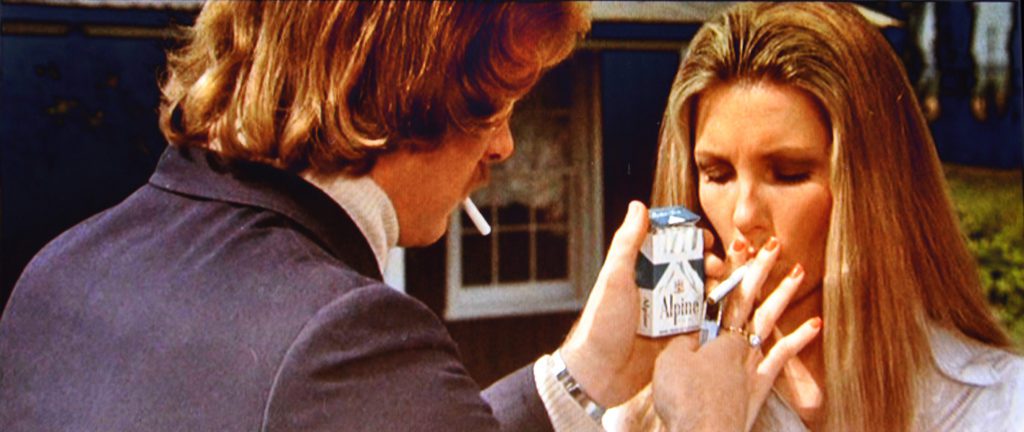
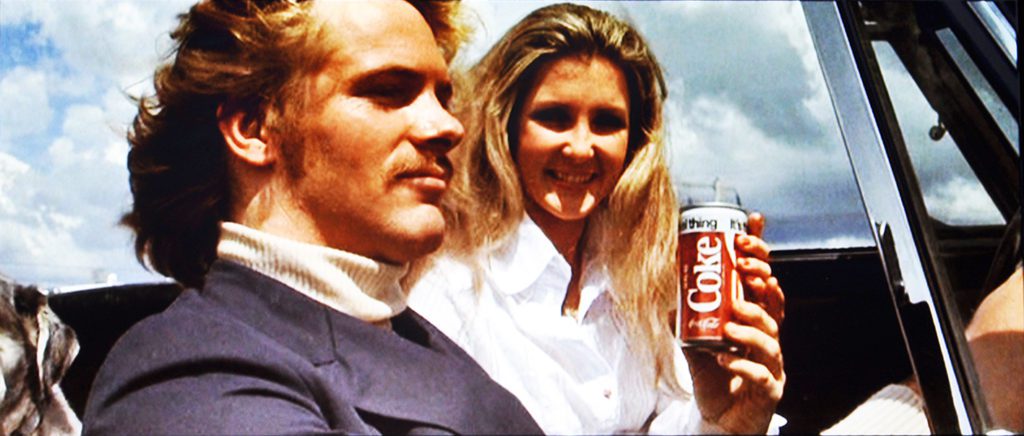
At first glance it appears Weir has destroyed a perfectly good roadster for less than two minutes of entertainment, but freeze framing the action reveals all is not as it seems. The wrecked car is a stunt double – a 1500 roadster (as evidenced by the grill, side trim and exposed front drum brake) that is clearly damaged before it hits the first tree.
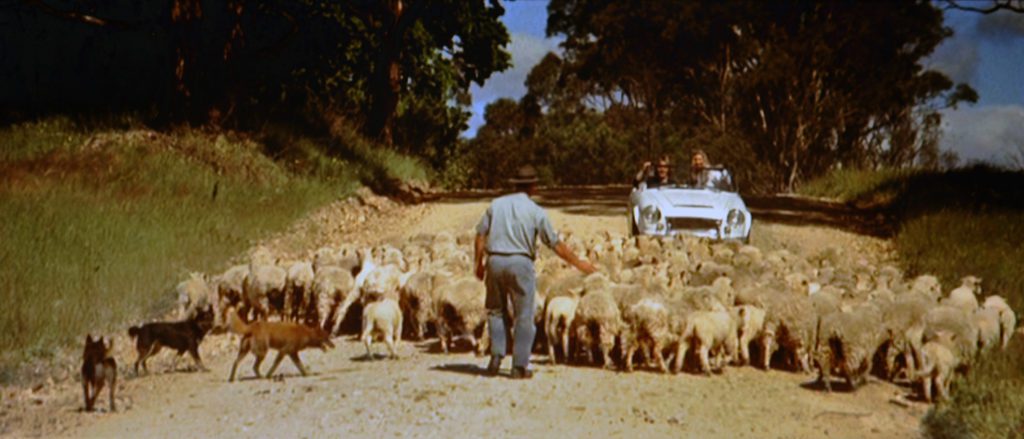
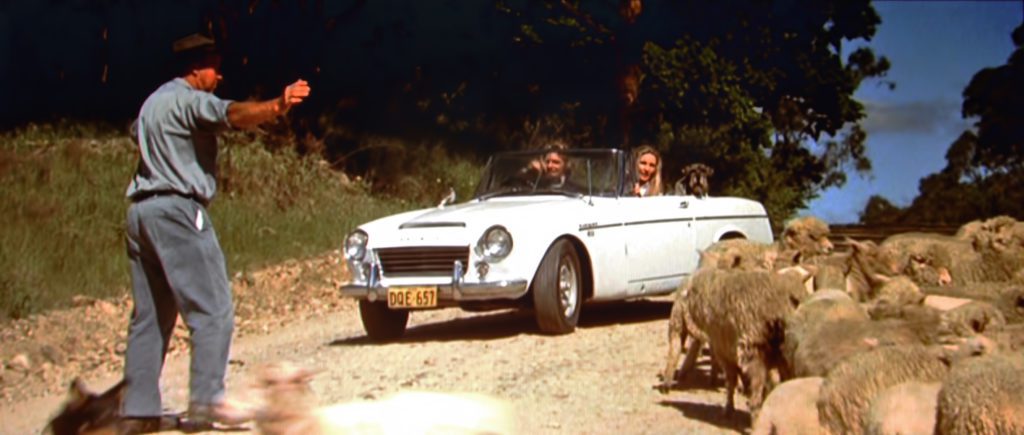
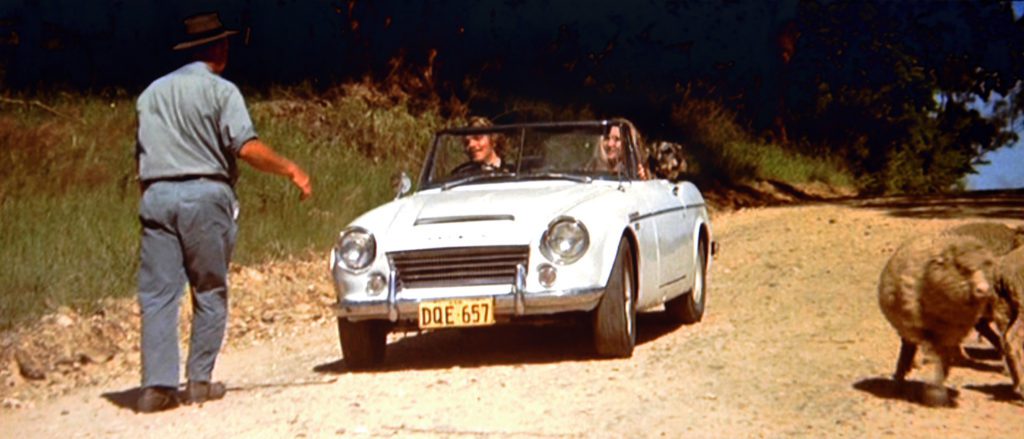
The film is set in the Australian country town of Paris – a struggling, rundown little community filled with ramshackle houses and rusty sheds, and populated by a very peculiar bunch of locals, led by their mayor (John Meillon). Macabre and entertaining, the film has elements of satire, horror and black comedy.
The tale tells of Arthur Waldo, who ends up in Paris after a car accident that killed his brother. He soon begins to realise that car accidents are a common occurrence in the area and that many of the townspeople are somehow involved. Once his injuries have healed, Arthur is held in the town against his will.

Paris makes it’s living by running travellers off the road and then stripping the cars of parts and luggage; the notable exception is the town doctor, who conducts experiments with brain-damaged crash survivors. Youth unemployment runs high, and the town’s young men rebel against the authority maintained by senior citizens.
The plot is said to have developed while Weir was traveling through France, when he came across several men wearing orange jackets and holding a stop sign, blocking the road. The men would not allow Weir to continue onwards and informed him that he would have to turn around and use another side road. There was no sign of any road work going on and the situation seemed odd to him. He wondered why he had accepted the word of these men.
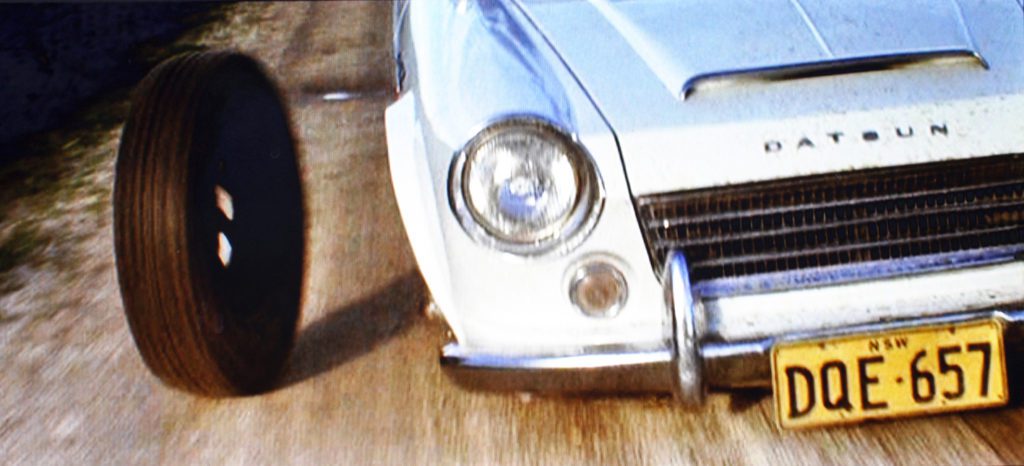
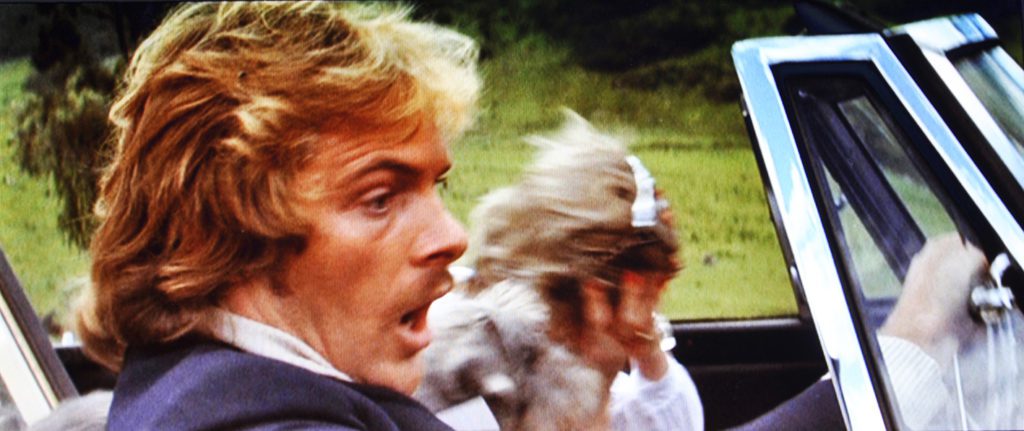
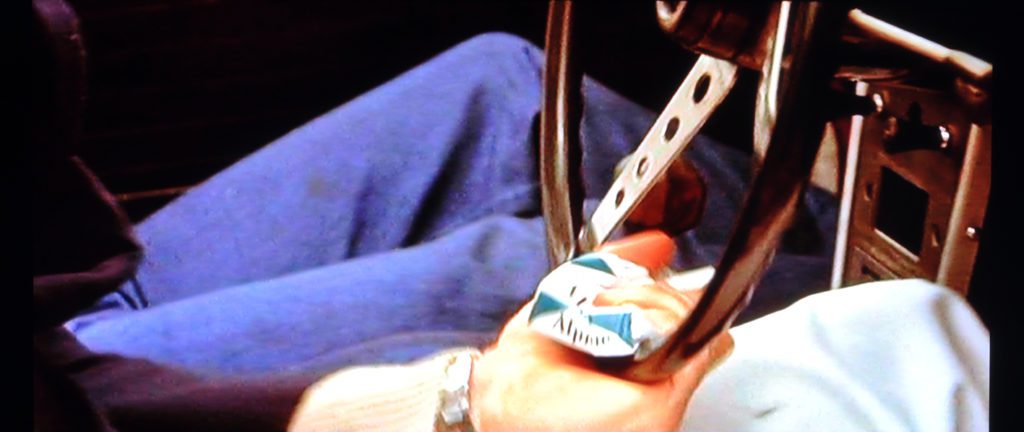
Later, while in the UK, Weir found it interesting that the news headlines were plastered with tales of some passion-induced murder, while the fact that 23 people had lost their lives in car accidents barely got a mention. It appeared to Weir that if you were going to kill someone and get away with it, do it with a car accident.
Made on a tiny budget, The Cars That Ate Paris was filmed mostly in the rural town of Sofala, New South Wales, located beside the Turon River just north of Bathurst, some 250km (155 miles) north-west of Sydney.
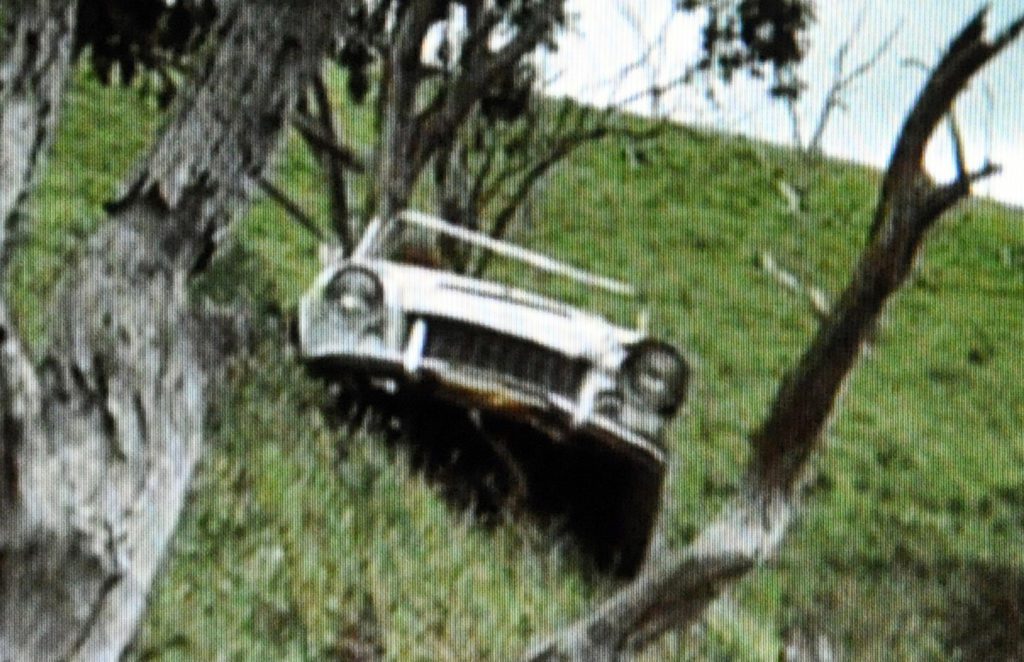
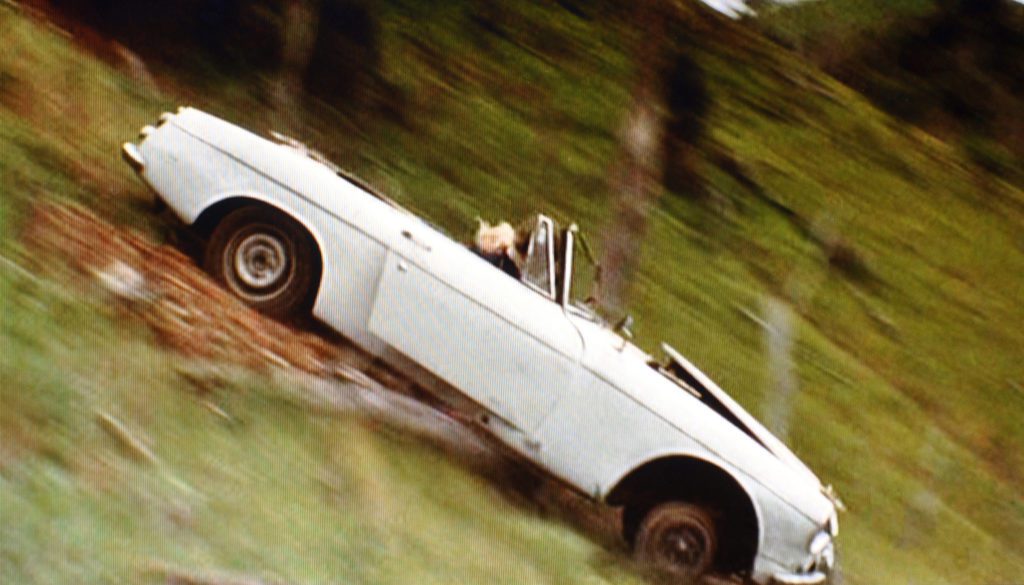

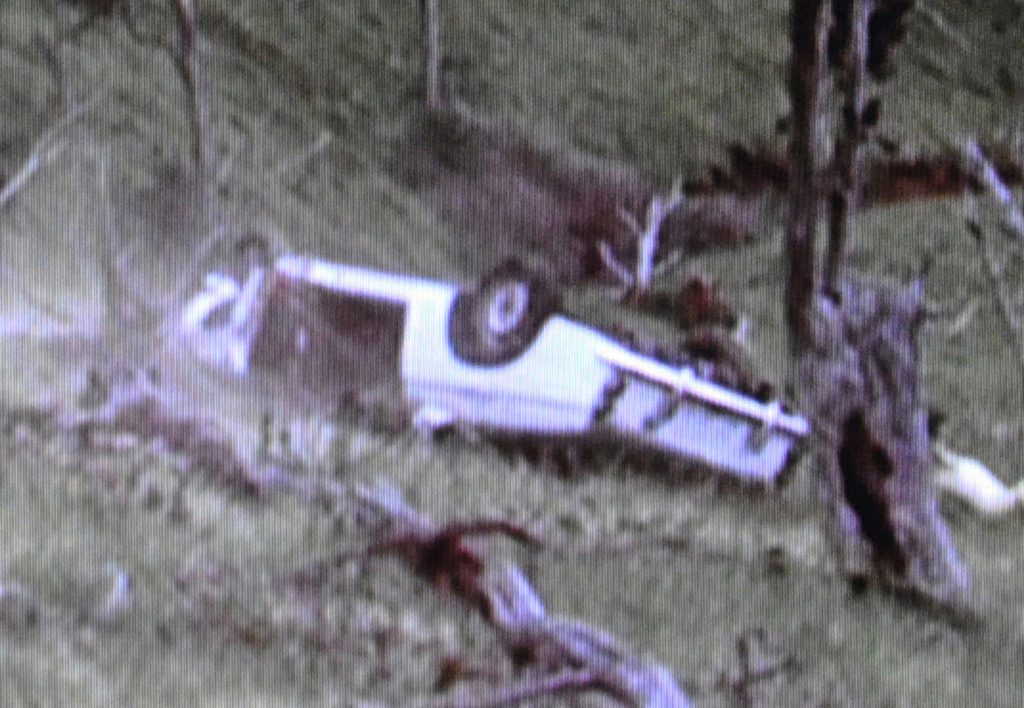
Sofala was established as a township following the discovery of gold in 1851 and is reportedly the oldest surviving gold rush town in Australia. With gold discoveries outlasting those in many of the surrounding gold rush towns, Sofala was one of the country’s most successful gold rush towns. Although deposits became less profitable, requiring miners to spread out from the township, gold mining remained the primary industry for Sofala right up until the 1940s. At its peak, the population of Sofala grew to approximately 40,000 but is now home to just over 200 people.

The Cars That Ate Paris was Weir’s first feature film. Born in Sydney, Weir is the son of Peggy (née Barnsley) and Lindsay Weir, a real estate agent.
He attended The Scots College and Vaucluse Boys’ High School before studying art and law at the University of Sydney. Weir’s interest in film was sparked by a meeting with fellow students, including Phillip Noyce and the future members of the Sydney filmmaking collective, Ubu Films.
The Cars that Ate Paris is available on DVD, released via Umbrella Entertainment www.umbrellaent.com.au and distributed by The AV Channel www.avchannel.com.au
A word of caution – The Cars That Ate Paris was released in the USA as The Cars that Ate People, minus the roadster opening scene.
WORDS: DARREN HOUSE PHOTOS: Reproduced by kind permission of SALT PAN FILMS


